Research
- Demographic pathways of range expansion
- Genetic consequences of range expansion
- DEI in Canadian Science
Demographic pathways of range expansion
In order to study genetic consequences of species geographic range expansion (e.g., decreased genetic diversity, deleterious mutation accumulation, genetic load, local adaptation, mating system and life-history shifts), it is important to resolve the underlying demographic pathways of range expansion. I am using the native alpine plant Erythranthe lewisii—previously Northern Mimulus lewisii and commonly known as pink monkeyflower—as a focal species to study the demographic pathways of range expansion at contrasting spatiotemporal scales.
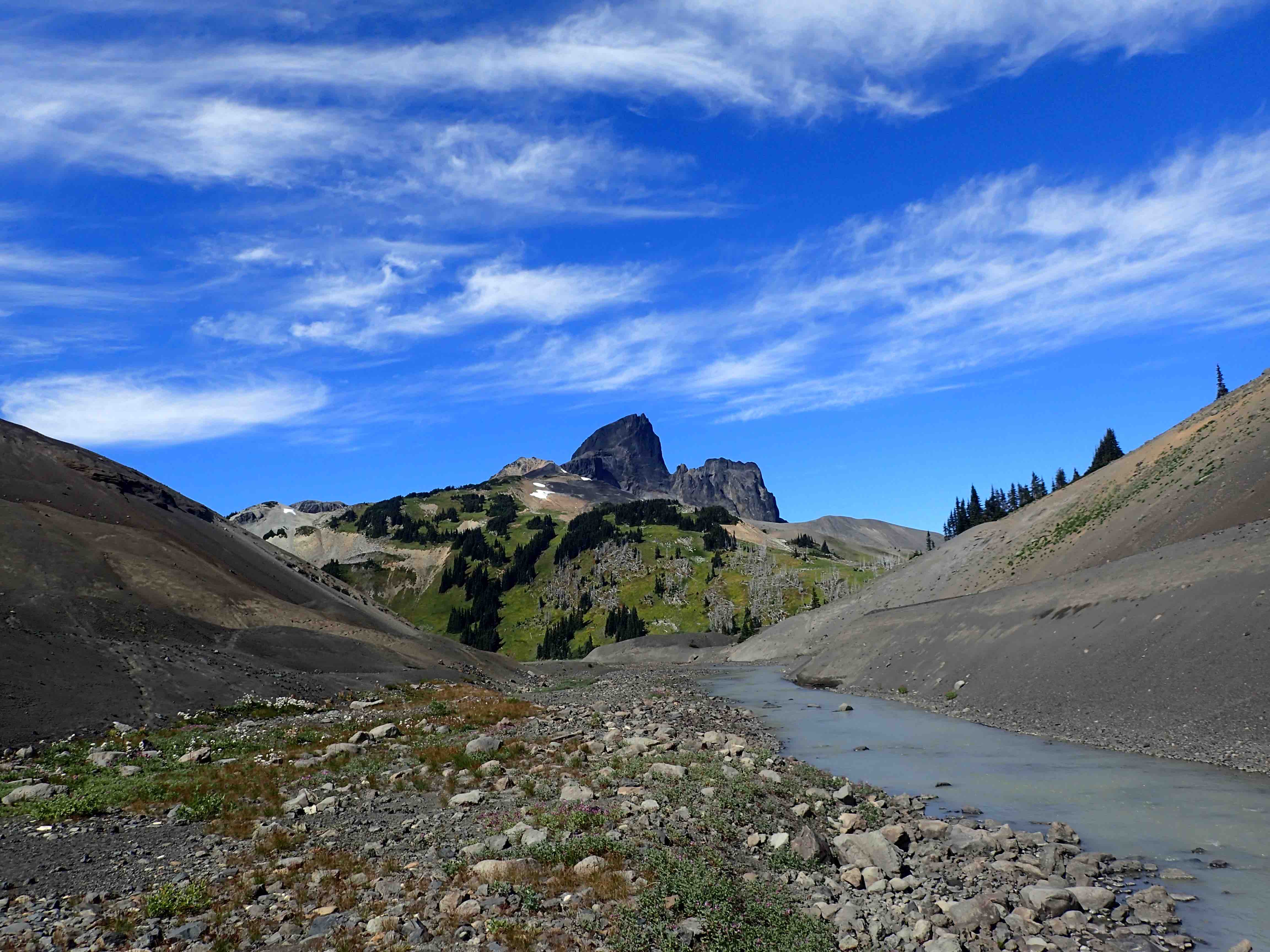
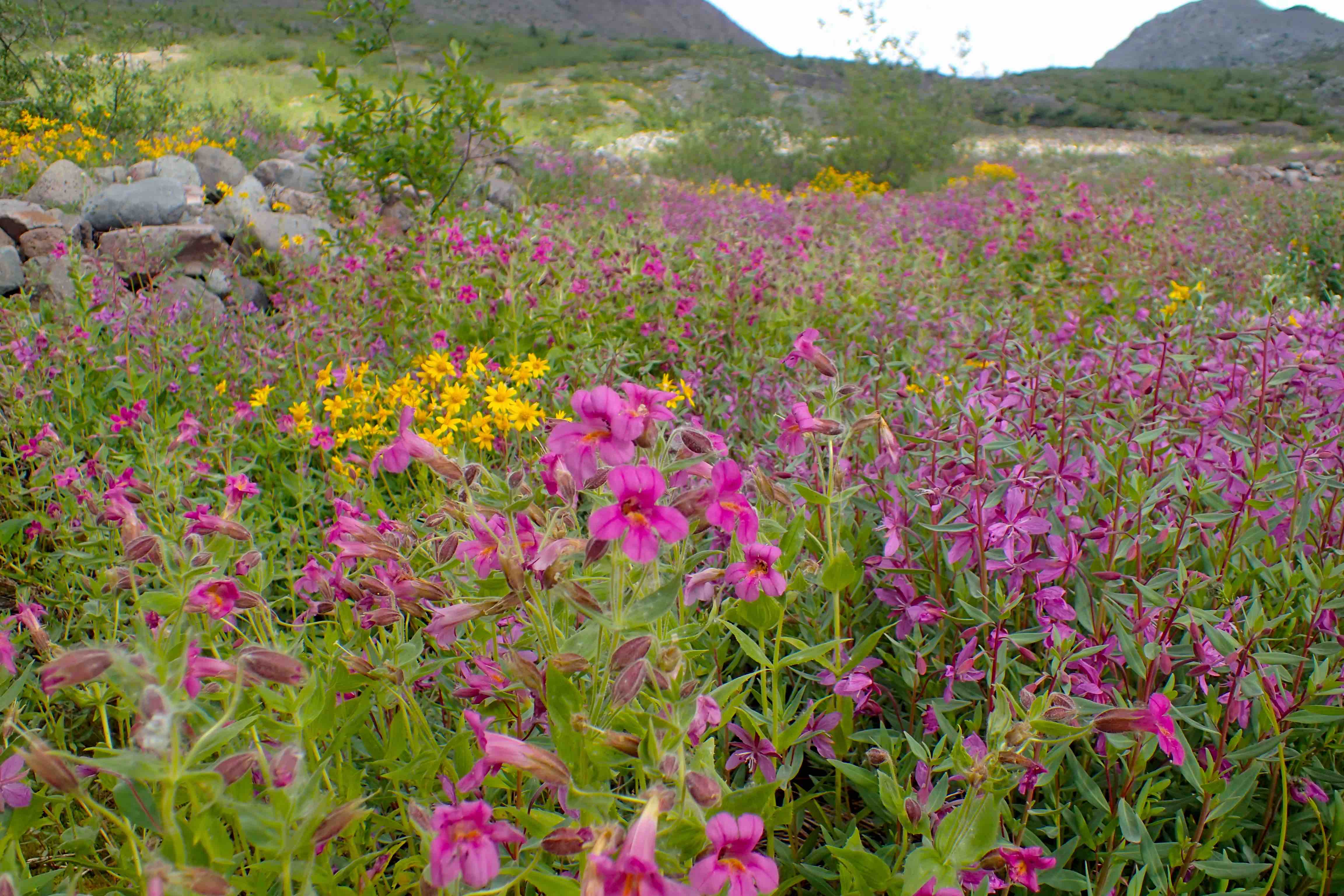

Alpine glacier recession pathway fieldwork. (Left) View of Black Tusk in Garibaldi Provincial Park, BC. (Middle) Erythranthe lewisii growing in an older alpine recession pathway zone. (Right) Sampling E. lewisii leaf tissue at the edge of Helm Glacier.
I am studying colonization dynamics of E. lewisii along alpine glacier recession pathways (since the end of the Little Ice Age ~150 years ago) in Garibaldi Provincial Park, BC and across its entire latitudinal range in Northwestern North America (which spans the Coast, Cascade, and Rocky Mountain ranges) since the end of the Pleistocene Ice Age (~20 000 years ago) to test whether current and competing range expansion hypotheses apply to the process of primary succession across shorter, smaller elevational ranges and longer, larger latitudinal scales.
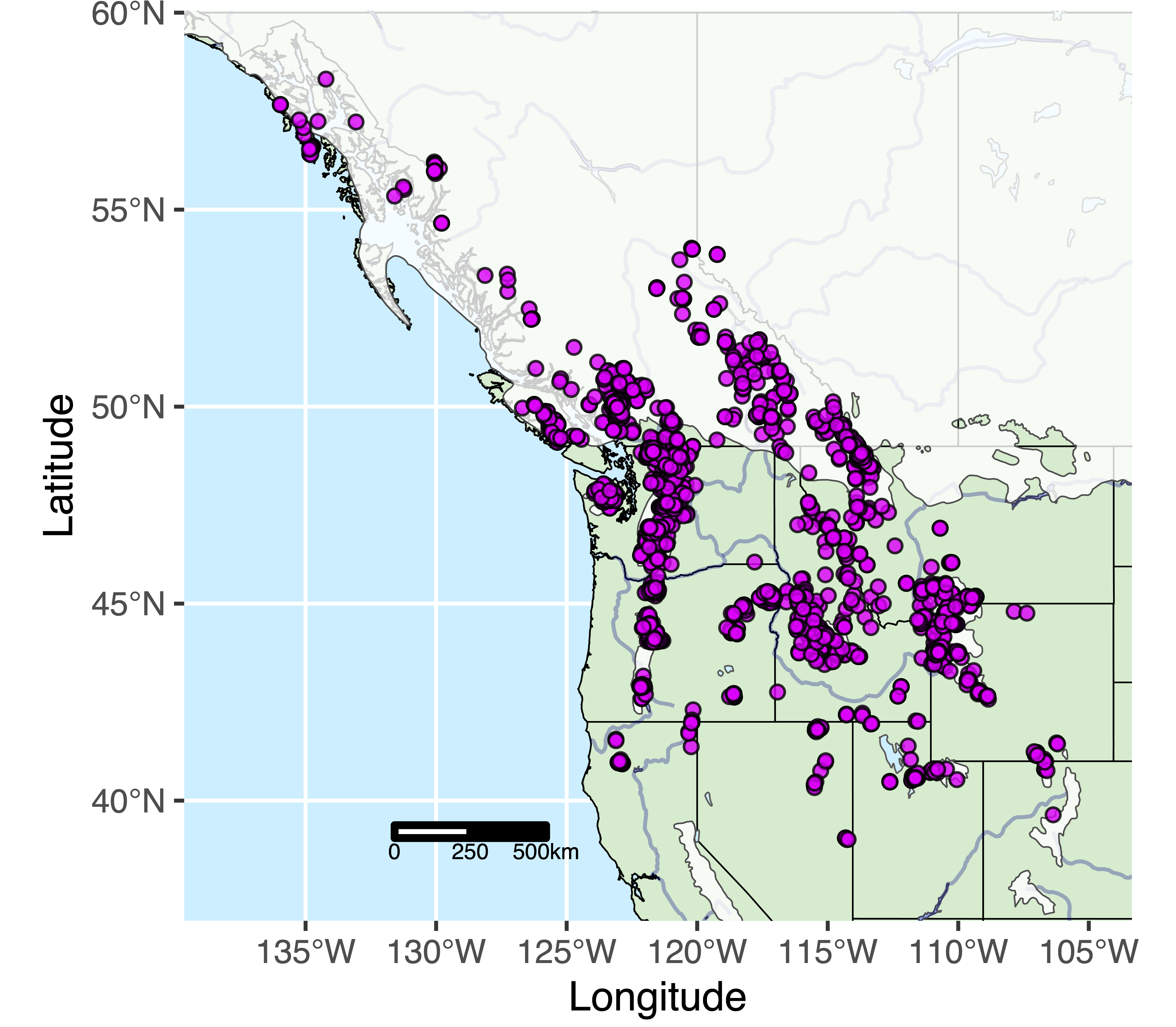
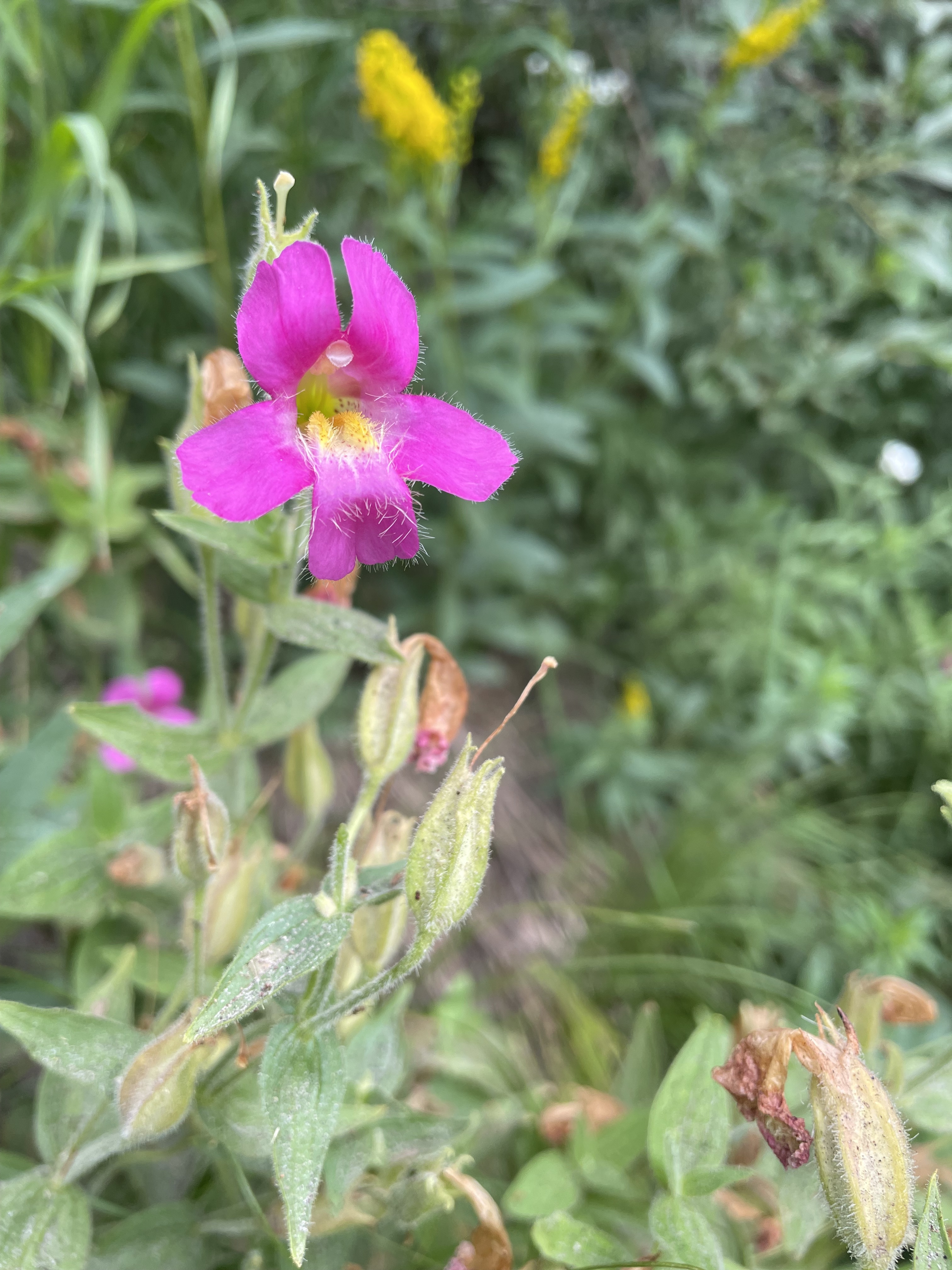
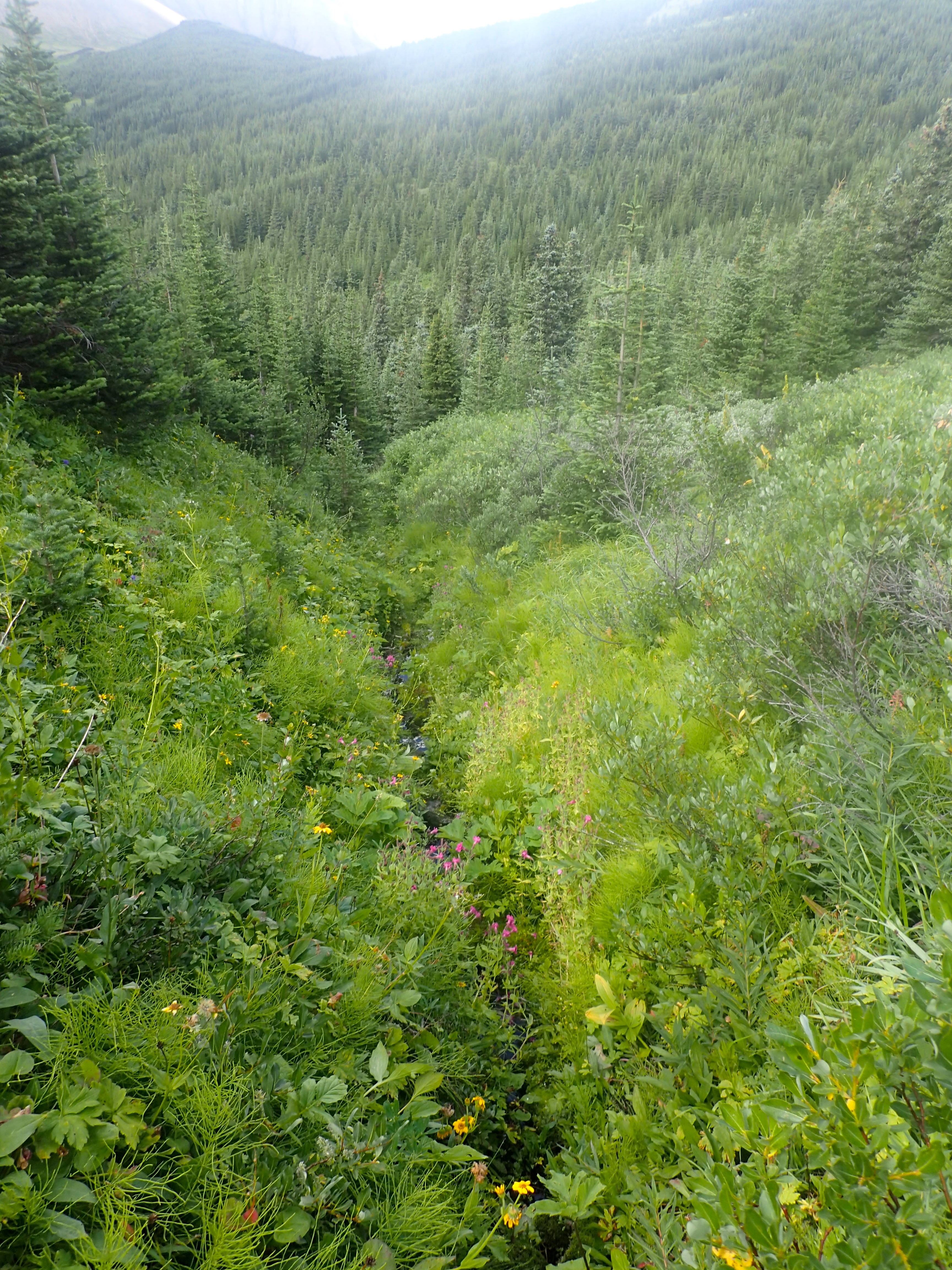
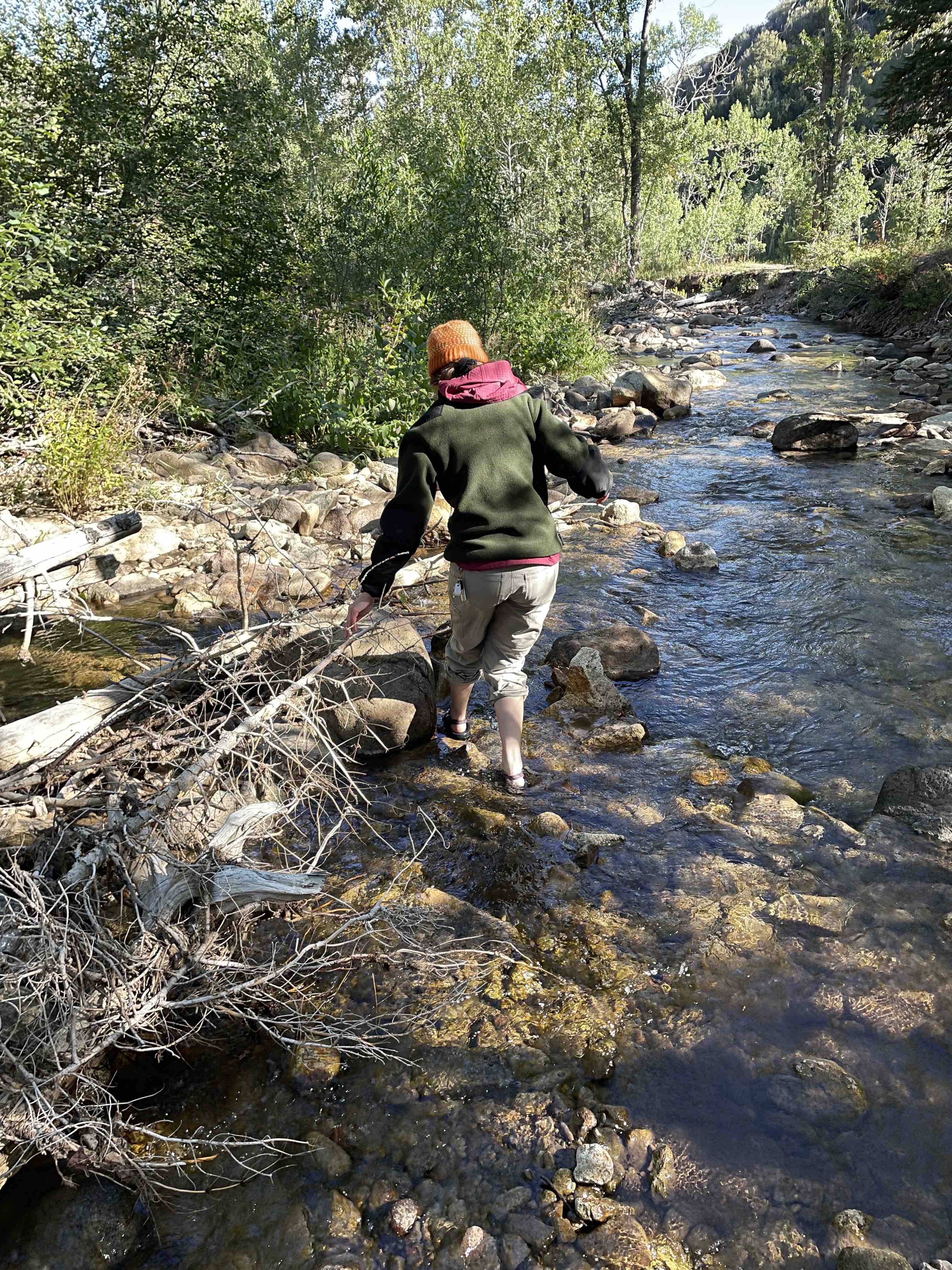
Range wide sampling fieldwork. (Left) Range-wide geographic distribution of E. lewisii (white overlay represents the last glacial maxima of the Cordilleran ice sheet ~20 000 years ago). (Middle-left) Flowering and fruiting E. lewisii at Mount Hood, OR. (Middle-right) Erythranthe lewisii habitat at Mount Stearn, AB. (Right) Searching for E. lewisii along the Jarbidge River, Jarbidge, NV.
Genetic consequences of range expansion
Empirical
Current eco-evolutionary theory predicts shifts in plant mating system type as a result of range expansion to achieve reproductive assurance, where the ability to self-fertilize or reproduce clonally provides a means to successfully reproduce in a new environment that is potentially devoid of conspecifics and/or pollinators. I am testing the effect of range expansion on mating system evolution and will use my phylogeographic results across the latitudinal range of E. lewisii as a framework to test whether spatial patterns in mating system in E. lewisii (e.g., autonomous selfing ability vs. propensity for clonal growth) are related to historical pathways of range expansion.


To test spatial patterns in reproductive assurance, I sampled mature E. lewisii fruits from across its entire geographic range and conducted a common garden greenhouse experiment to investigate spatial patterns in population-level autonomous selfing ability. Photos from my greenhouse experiment (left and right) E. lewisii flowering, flood benches covered in tulle to exclude any potential pollinators.
Theoretical
Contemporary models of expansion load have only explored the effects of density-independent selection on relative reductions in edge population fitness, however, the demographic pathways of range expansion underlying the process of allele surfing create conditions where density-dependent selection is relevant. In collaboration with Ailene Macpherson at SFU, I am used simulation modelling to investigate the genetic consequences of density-dependent selection on life-history traits during range expansion. Our published article in The American Naturalist demonstrates the relationship between deleterious mutation accumulation underlying distinct life-history traits and the associated expressed expansion load is context-dependent, changing with the population density at which fitness is measured. This result suggests an updated design for future empirical tests of expansion load in nature, measuring fitness of focal individuals not only at low intraspecific densities but also at high intraspecific population densities. By measuring expansion load of different fitness-related traits, such empirical work could confirm whether expansion load is exaggerated in traits under positive density-dependent selection (e.g., competitive ability) and suppressed in traits under negative density-dependent selection (e.g., birth rate).DEI in Canadian Science: Gender & Career Stage
We investigated potential barriers to successful scientific funding outcomes for women and/or early career scientists. Using publicly available data from the NSERC Database, we explored interactions between gender and career stage on grant writing (word use) and funding success in the 2016 Discovery Grant competition.
We did not detect significant influence of gender on word use or grant value, but we detected a strong main effect of career stage and gender across all NSERC categories on funding success. Career stage was the most important predictor of award value and rejection rates were higher for women (40 percent) than men (33 percent) at early career stages. We shared our results with NSERC, to draw their attention to existing discrepancies between early career researchers and to improve future grant evaluation policies.